The new Q2 with its 47MP sensor and seemingly unfeasible 75mm crop lines has caused quite a stir. Especially when the advisability or otherwise of using that massive crop is considered. Surely it’s just a gimmick? How can a 6.6MP image be any good when blown up to exhibition print size?
Digital crops
Up to this
So when I called at Red Dot Cameras last week I pounced on a set of A3 prints that Ivor Cooper had made to demonstrate the Q2’s abilities. Below you can see the 28mm full frame and crops at 35mm and 50mm. Not half bad, although of course this gives little clue to what the prints look like.
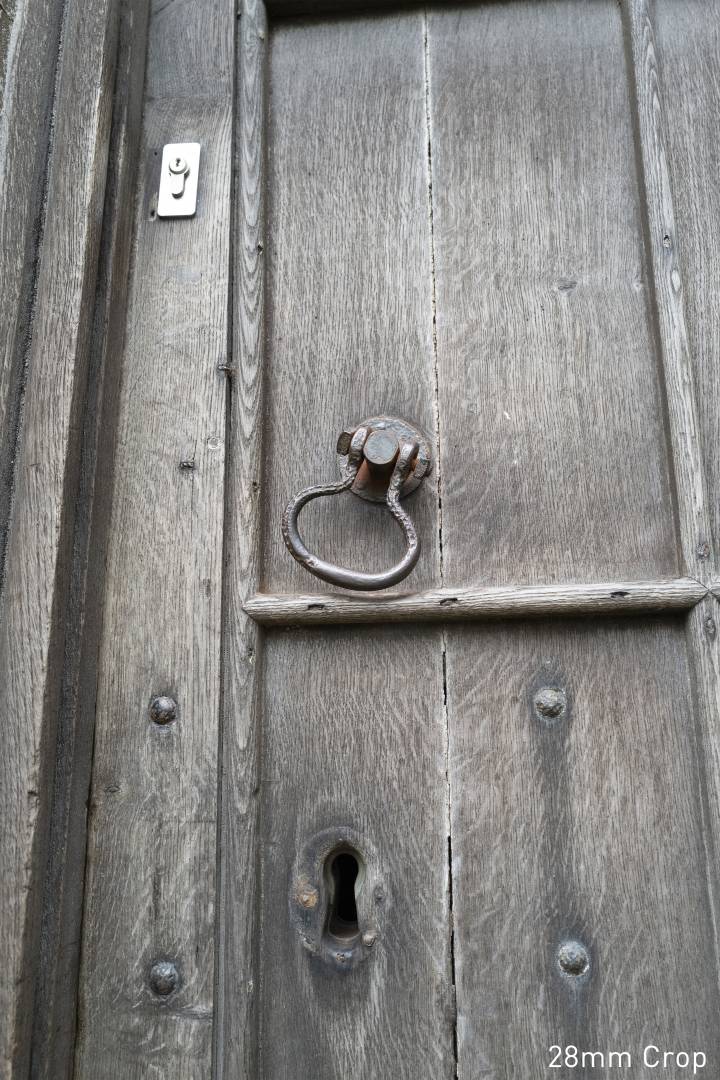
I was impressed, especially by the above 50mm crop printed to A3 size. But then Ivor produced an A3 print from a 75mm crop of the same image and I was more than impressed. This was stunning.
A crop too far?
I was full of enthusiasm. This article was already sketched out in my head. And I decided there and then that I would have no hesitation in printing to A3 from a Q crop, even one as small as this 75mm-equivalent image. The definition, bearing in mind the paucity of pixels, is extraordinary.
While I was gushing over this A3 image, Ivor produced a large tube and extracted an enormous print, no less than 30 x 20in (76x51cm). Not another 75mm crop? It couldn’t be. It was.
Frankly, I would not have believed it possible to produce a print of this quality from a 6.6MP file. It is quite extraordinary, especially so when you consider it comes from a sliver of a 47MP full-frame sensor.
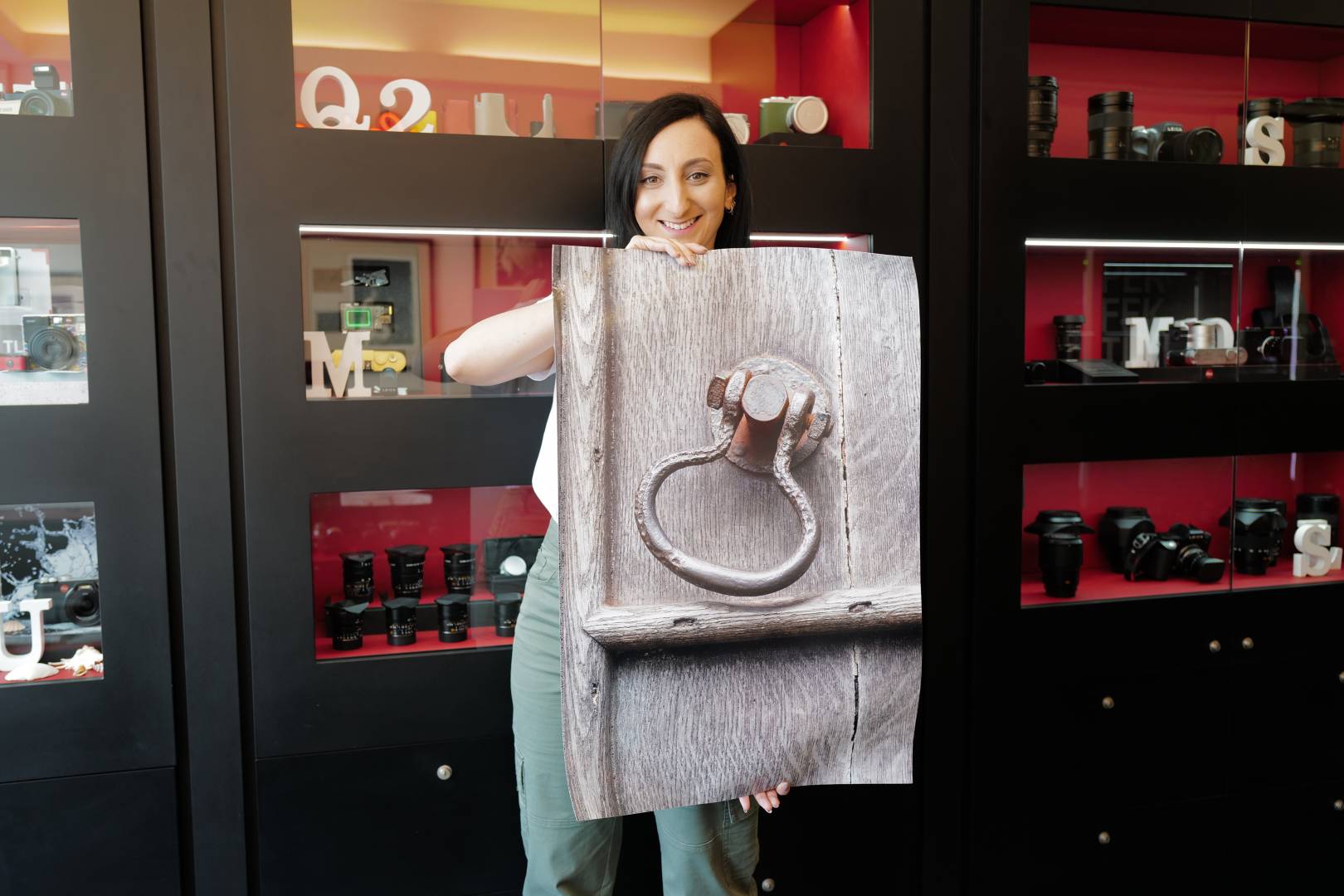
Doubts dispelled
Most of us never print to this size unless entering an exhibition, and A3 or even A4 is probably as big as we aspire to. For many more, iPad size is the furthest images are stretched.
Well, the 75mm crop from the Q2 can eat its A3 offspring for breakfast and cram in lunch as well.
If I had any doubts about the ability of the Q2, especially in the crop-to-zoom facility, they are now quashed.
Digital in-camera cropping has always had a bad rap for obvious reasons. But with today’s sensors and superior lens technology, crop-to-zoom is becoming ever more acceptable. Even Leica’s chief lens designer, Peter Karbe, is a fan of digital cropping.
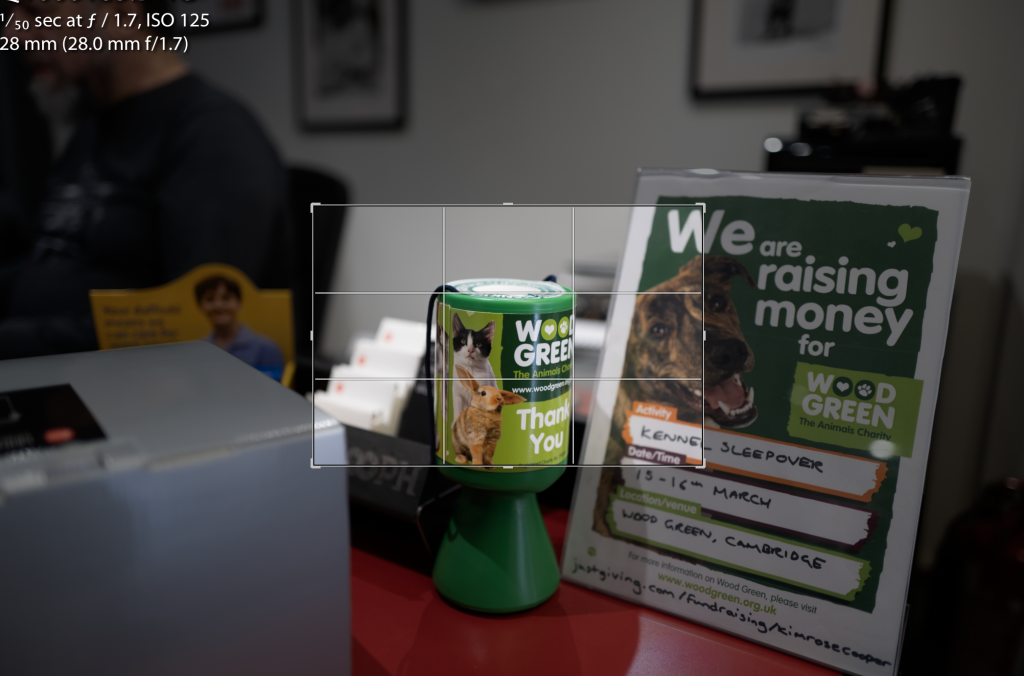
Let’s be sensible
Gush as we might, no one is suggesting that the Q2 can outperform a pro zoom or a 75mm prime working with a similar sensor. The Panasonic S1R, with a professional lens, is bound to produce a superior uncropped 75mm image in terms of definition. It also offers a much narrower depth of field to aid your creativity.
Sadly, irrespective of the crop, the Q2’s output retains the generous depth of field of a 28mm lens. Even when cropped to a 75mm equivalent, this lens will win no bokehthon. As a result, for some, these extreme crops will not appeal. But it works, strangely enough, bokeh excepted.
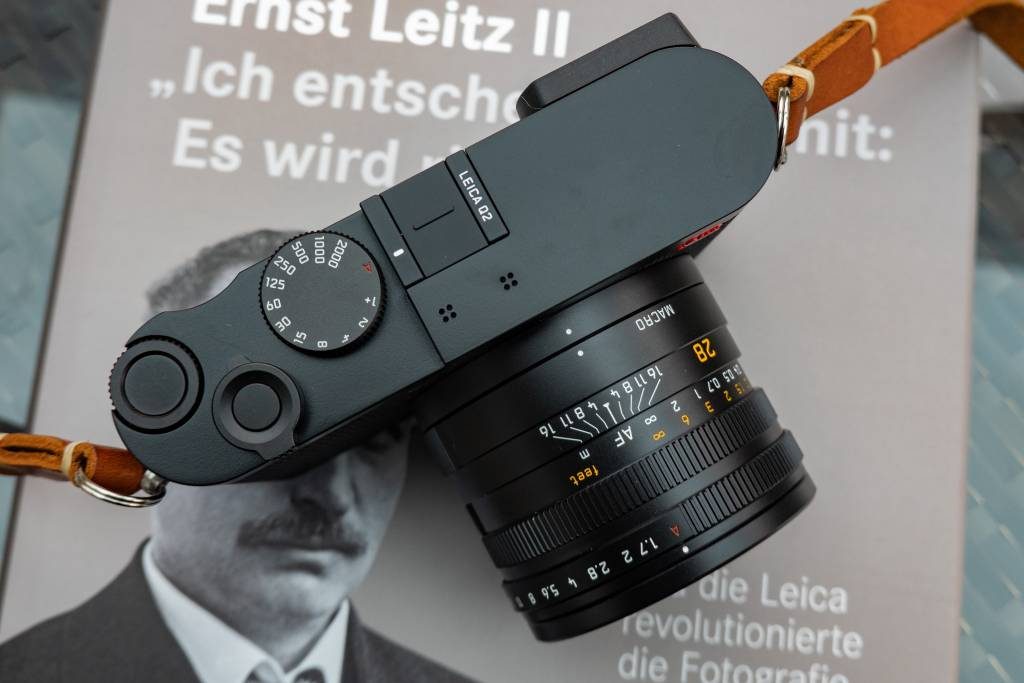
The Q2 crops satisfy in a most remarkable way. You have the benefit of using a relatively compact camera with a first-class prime. But, when called on, the Q2 can mimic a 75mm zoom and keep most users very happy. You will be delighted with the results, especially if you are viewing them on an iPad or, even, a laptop screen. Nay, you will be delighted even at 75×51.

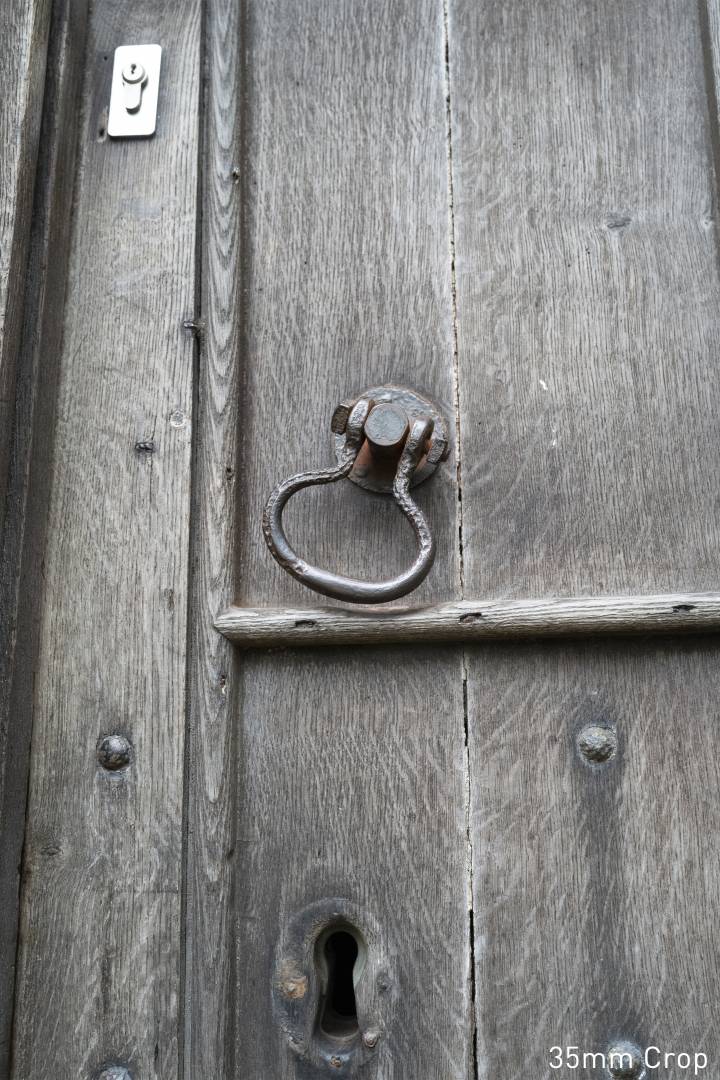
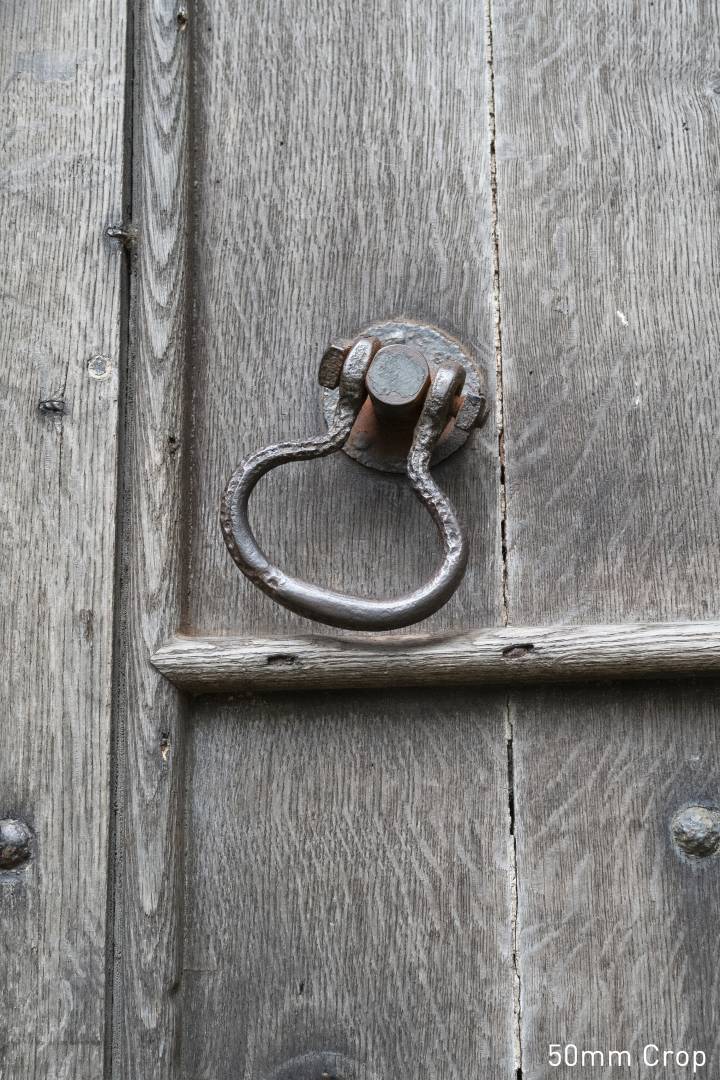
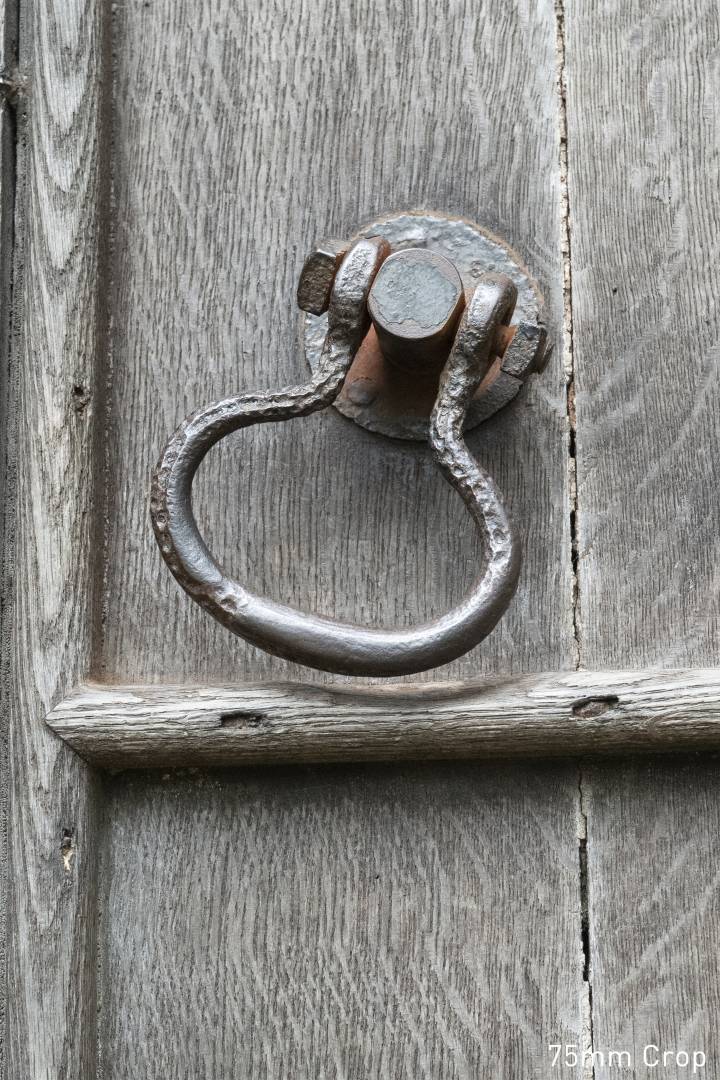
I love the idea of a high quality compact camera, especially for travel when lugging around dSLRs is a tedious process. But honestly for that kind of $$$ I’d just by the GFx 50r and the 45mm f/2.8. Still, I’ve had Leica cameras in the past, and you just can’t beat the feel of those bodies.
I hate the idea of paying a small fortune to throw pixels away yet as Mike suggests somehow the Q idea really can work. I only have the original Q and carry it for convenience, and incidentally never use the 35mm or 50mm frame lines as such, but more than once have been more than amazed and convinced by the still superb quality of hat often need to be cropped results. Certainly the Q works for me and so I assume would the Q2 even though I have no plans to buy one. Don
.
Oh dear, I really don’t mean to rain on your parade, Michael ..but..
It’s all very well gushing over a 6.6 megapixel photo print, but even a 2 megapixel picture, taken with ANY modern camera can look great printed ..as long as an excellent LENS was used.
With a 75mm crop from a Q2 photo, you’ve bought 47 megapixels, but used 6.6 of them ..so why bother buying 47?
You can crop from ANY camera’s photos ..but Leica present it as something different ..as the Q2’s own extra-special “unique selling point”.
You can make excellent crops from the 20 megapixel teeny Sony RX100 Mark V, for example, or from a 24 mpxl M10, or from almost ANY camera, and get great results.
But Leica don’t, or doesn’t, mention that. Why would they? They’re trying to sell the Q2!
With the teeny RX100 you also get not 6.6, but 20 megapixels at that 75mm equivalent ..so your pictures really do look marvellous when printed, as you’d expect!
The real point of the Q2 is that it has a terrific 28mm lens ..which is why you’re paying £4000 ..and you get a 47 megapixel camera thrown in free!
But it’s always a 28mm lens. It’s never going to be a 24mm or 21mm or 18mm lens. And it’s never going to be a 50mm, 75mm, 90mm or 135mm lens.
So you’re really buying a full-frame double-the-pixels Ricoh GRIII, but without built-in stabilisation, and with a slightly faster lens (f1.7 instead of f2.8).
It really is the whole Leica rangefinder problem all over again..
The M3, for instance – or the latest M10 – was, and is, great for taking 50mm photos, and its focus method becomes even more accurate the wider (shorter focal length) the lens you put on it: there’s normally less lens-barrel travel as you focus a wide-angle lens – compared with a longer focal length lens – but there’s always the same length of travel of the mechanism inside the camera. Therefore you get increasingly accurate focusing the wider (shorter focal length) the lens which you use, but increasingly less accurate focusing with whatever LONGER lens you use ..which is why Leitz or Leica never made a rangefinder lens longer than 135mm, and the 135mm lens for the old M2 has extra focusing ‘goggles’ on it, to make it accurate enough to actually focus.
The longer the manual focusing lens that you use on a Leica rangefinder, the less assured you are of a sharp photo ..and now, Hey Presto! ..the longer the (pretend) lens which you use on a Q2 – say a 75mm crop from a 28mm original – the less clear a photo you get (when magnified up to the same size as an un-cropped 28mm picture) even though you can print it huge.
So to ensure that you DO get a great photo at 75mm, the total pixel count has been boosted to 47 megapixels, of which you throw away 40 when using that 75mm equivalent.
And if you use a 90mm equivalent – and 90mm has been a traditional long-ish lens for Leicas since the beginning – you get around a 4-and-a-bit megapixel photo. (That’s about a tenth of the pixels you bought.)
No-one doubts that you can get great pictures even with only 2 megapixels – scroll down to Picture F ..six shots down.. on this page: http://edituk.com/Cropped_from_28mm.html ..and here’s a fairly decent looking picture taken from hundreds of yards away with just a six megapixel camera ..and a 0.2 megapixel crop from that, too: http://edituk.com/SA_herd.html
But my point is that like much of Leica’s (or anyone else’s) advertising, their stories tell only a part of the truth.
You get great pictures by cropping from almost any modern camera ..however, almost any other modern camera will give you its full pixel count at any focal length ..24mm, 28mm, 75mm, 90mm, 200mm, or anything else.
The Q2 is a handy full-frame 28mm camera. That’s all it is. But advertising does funny things to people’s minds..
Phew! That’s telling us. I think every Q or Q2 owner realises that there are compromises in cropping and that you can crop just as effectively from any modern camera/lens focal length. But the thing about the Q and Q2 is that they are fun to use. The frame lines work a bit of magic and certainly help with composition and, if you get it wrong, you can go back and try again. The Q2 is great at 28mm and 35mm as you would expect. The two narrower drops are there if needed. That said, a fixed 28mm lens isn’t everyone’s cup of tea and, as you say, it has the characteristics of a 28mm even when cropped.
What a lot of words!
A lengthy opinion. Here’s mine, the Leica Q2 Monochrom cannot be matched for high ISO photographs with unbeleivable dynamic range and at 75mm crop can match a lot of other full frame cameras with a 75mm lens. In fact it makes your Sony RX100 V look like something out of a Christmas cracker. How do you like those apples?
Gosh, I mean GOSH !
Great article, I managed to get my Q2 on release day and love it.
Unless I missed it, I assume that this was a crop of raw? And not jpeg
Some of my jpegs at pbase.com/mjlamoon/2019
Martin
Good point and I don’t know the answer. Ivor Cooper mainly uses jpg, as I know from past experience, but I am fairly sure he would have used DNG files in this instance because of the point he was making. I am loving the Q2 and seeing Ivor’s crops has given me the confidence to treat it as a camera to take anywhere. With a 75mm angle of view on tap, even at a pinch, it’s as versatile as a body with a larger zoom lens while being much smaller and lighter.
Hi, I have printed large prints on professional grade large printers (Epson 4900) for years and you do not need many MP as detail and dynamic range is dramatically reduced by paper and the inkjet dithering and file reductions by printer. Pixel peeping is fine for those that like to do mental masterbation rather than look at the image as a whole. The real importance is the tonal gradient available (bit depth and microcontrast recorded) in the image that shows roundness in a face or bandless skies in a black and white image.
I’d be interested in seeing how large a print could be made from such a 75mm crop, with an acceptable level of clarity, when viewed at a distance similar to the width of an average UK living room. Exactly how far could the print output be pushed? A ‘proof of concept’ exercise. I wonder if Leica has done such a test. I was very happy with the output of my X1 when printed to fit the largest frame that IKEA sold a couple of years ago.